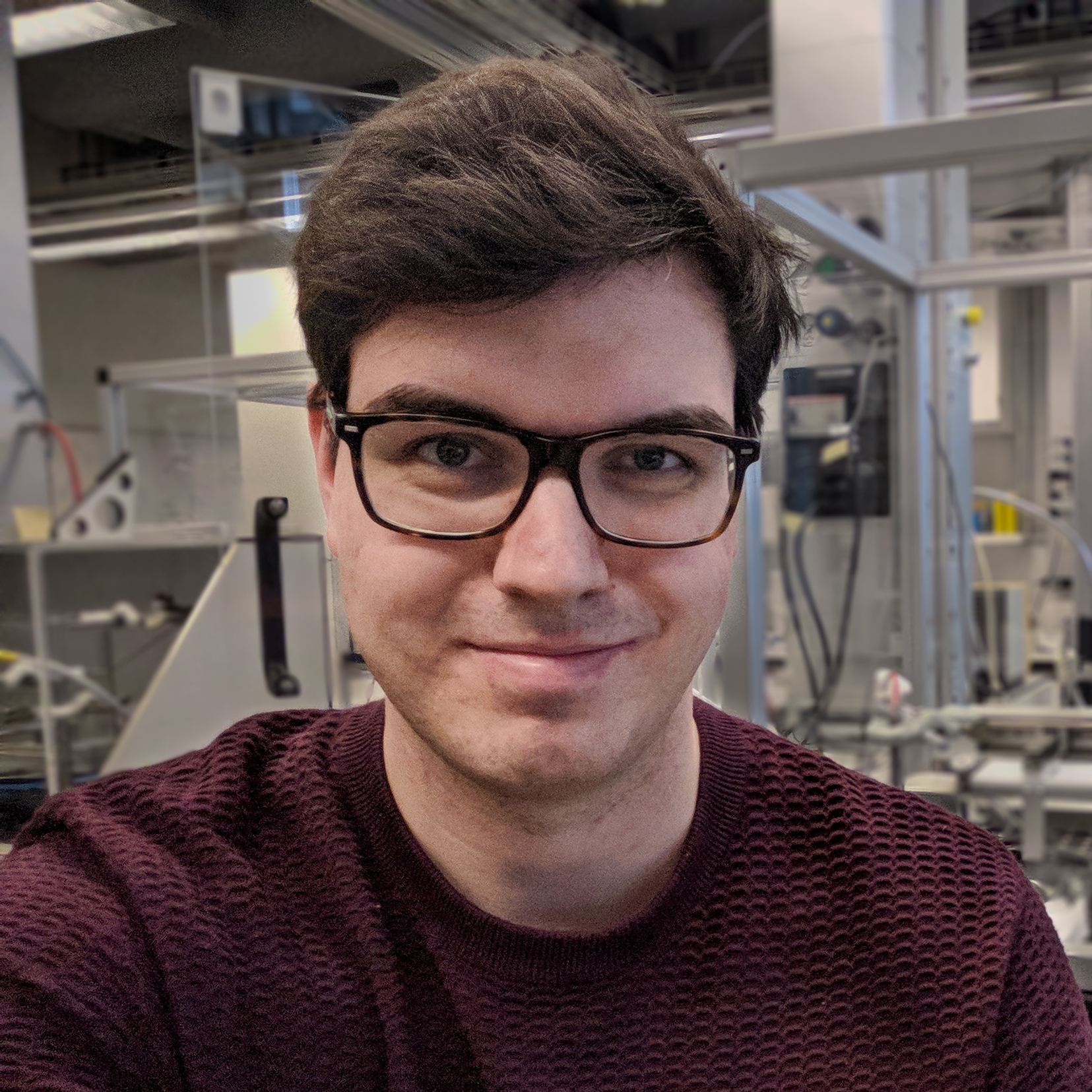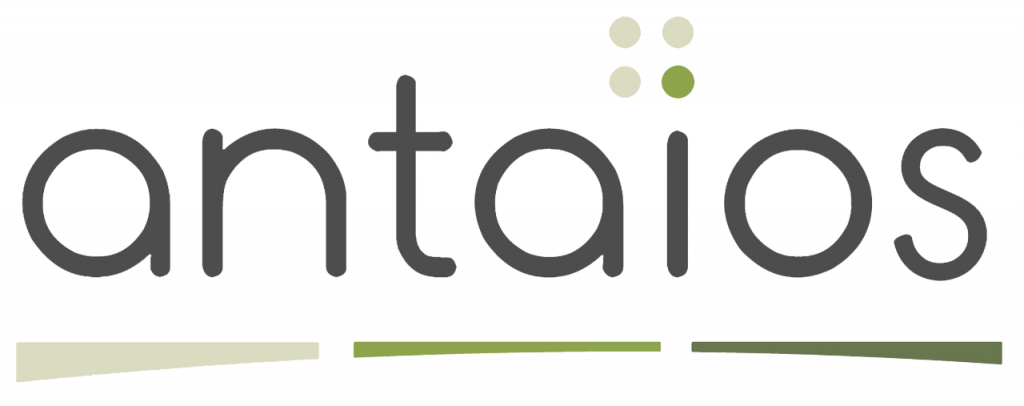- Research project
Investigation of current-induced magnetic and spin-orbit effects in 2D materials
- Project supervisor
Prof. Pietro Gambardella
- Recruitment date
- 15/08/2021

Niklas Kercher

My name is Niklas Kercher and I originally come from the small but historic town Worms in Germany.
I moved to Aachen to study materials science and enrolled at RWTH Aachen University. After the Bachelor, I moved to Hamburg for an internship at Aurubis and later to Zurich for a short research project. There I had my first experimental contact with exfoliated 2D materials. Afterwards, I returned to Aachen for my Master’s studies and graduated with a thesis on the design and preparation of nanostructures with InSb-nanowires and complementary transport measurements in 2020.
In the next few years, I will be working on IRP4 “Investigation of current-induced magnetic and spin-orbit effects in 2D materials” in Prof. Gambardella’s research group at ETH Zurich.
I am looking forward to the networking, collaborations and opportunities that come with the SPEAR program. What I particularly like is the chance to make new contacts and learn new skills at partner facilities abroad. In addition, the project fits very well with my personal scientific interests, which include the physical properties and handling of low-dimensional materials, (low-dimensional) magnetism, and the production and physics of nanoelectronics.
In my free time, but also at work, I listen to a lot of music. If I have enough time, I spin one vinyl after the other on my record player, otherwise I rely on streaming. Besides music, cooking or baking bread is the best way for me to relax.
Project Description
Spin-based electronics (spintronics) underlies modern technologies of magnetic sensing and storage. In recent years, fundamental advances in the understanding of charge-spin interconversion effects in 2D materials have opened novel opportunities to enhance the functionality and operation of spintronic devices. Van der Waals bonded 2D materials have recently emerged as potential building blocks for magnetic tunnelling devices. These materials afford great flexibility for assembling heterogeneous structure with tuneable electronic and magnetic properties. Yet, besides the recent demonstrations of intrinsic magnetism and magneto-tunneling properties, little is known about the magnetization dynamics in such systems.
This project will investigate the current-induced spin dynamics and spin transport in planar and vertical multilayer structures of 2D materials, employing both current-in-plane and current-perpendicular-to-plane geometries. A variety of techniques will be used to characterize the magnetic behaviour of 2D heterostructures, aiming at realizing strong charge-spin conversion, magnetization switching, and controlled domain wall motion. The project is a collaboration between ETH Zurich and CIC nanoGUNE.
Host institution

ETH Zurich is one of the world-leading universities for technology and the natural sciences. It is well-known for its education, fundamental research, and technology transfer. Founded in 1855, ETH Zurich today has more than 19,000 students from over 110 countries, including 4,000 doctoral students.
The Laboratory of Magnetism and Interfaces is specialized in the study of magnetic interfaces and nanostructures, with emphasis on spin-orbit phenomena. Extensive sample growth facilities are available as well as electrical, optical, and scanning probe characterization tools.
Planned Secondments
nanoGUNE (San Sebastián, Spain), under the supervison of Luis Hueso.
ANTAIOS (Grenoble, France), under the supervision of Gilles Gaudin.
Registering University
ETH Zürich (Zurich, Switzerland)




